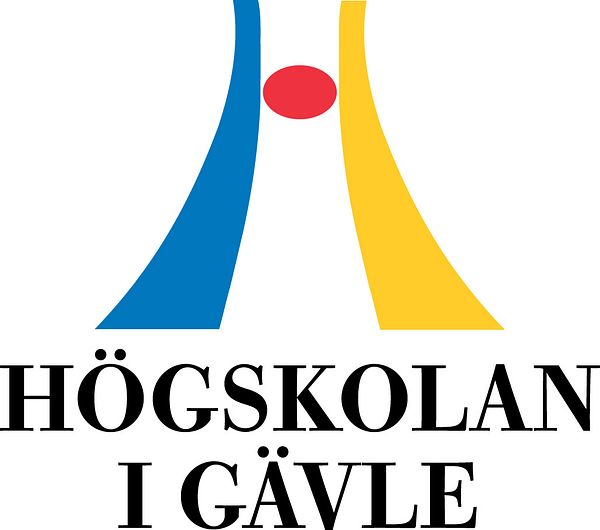Press release -
New lab will teach scientists how to use ventilation to remove COVID-19 virus
“Together with Japanese researchers, we have developed a completely new theory on the transmission of airborne diseases within and between rooms and on how pathogens can be removed by ventilation," says Alan Kabanshi, researcher in energy systems at University of Gävle.
Today’s buildings and ventilation systems are not built to protect us against the spread of airborne pathogens, and experiences of the current pandemic show that many people are infected indoors in their homes or at workplaces, according to Alan Kabanshi.

“We have found that we can reduce the spread of pathogens by changing the airflow pattern, and we will now investigate the effects of rebuilding and supplementing existing ventilation,” says Alan Kabanshi.
The researchers also plan to develop an improved risk assessment model to estimate the risk of becoming infected, as current models are not sensitive enough.
The Lab can reveal where you can become infected
“Our lab allows us to record the route pathogens take between from the infected person and out into different parts of the building, and when we know disease transmission pathways, we can identify zones where the risk of becoming infected is high.”
This achievement is made possible because of the completely new approach to viewing disease transmission within and between rooms and the new thinking on how the pathogens can be removed that the researchers in Gävle have developed together with Japanese researchers from the universities of Kasuga and Saitama.
“Experiences of the pandemic may lead to future requirements for pandemic-proof buildings, and our project will be able to contribute to the design of such buildings,” Alan Kabanshi says.
--------------------
Formas, a government research council for sustainable development, grants Alan Kabanshi, together with Professor Mats Sandberg and research engineers Elisabet Linden and Leif Claesson, SEK 4 million for research on how ventilation can reduce indoor transmission of airborne infections. The researchers will contribute to new knowledge on how to construct houses adapted to pandemics and develop an improved model for assessing infection risks within buildings.
-------------------
Contact:
Alan Kabanshi, researcher and docent in energy systems att University of Gävle
Tel: 026-64 88 22, 070-460 68 59
E-mail: alan.kabanshi@hig.se
Text: Douglas Öhrbom
Topics
- Building, property
Categories
- airborne infectious agents
- pandemic-adapted construction
- university of gävle
- research
- corona pandemic
- routes of infection
- covid-19
- ventilation
- alan kabanshi
- mats sandberg
Education and Research at a Scenic Campus.
The University of Gävle has approximately 17 000 students, more than 50 study programmes and second-cycle programmes, about 1 000 courses in humanities, social and natural sciences and technology.
Research Profiles
Built Environment and Health-promoting Working Life are the general research profiles of the higher education institution. Important parts included are Spatial Planning with a specialisation in Sustainable Built Environment and Musculoskeletal Disorders with the purpose to prevent work-related injuries. In 2010, the higher education institution received permission to carry out third-cycle programmes in the profile area of Built Environment.
The higher education institution has applied for permission to carry out third-cycle programmes in technology, humanities and social sciences.
